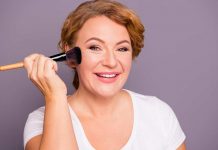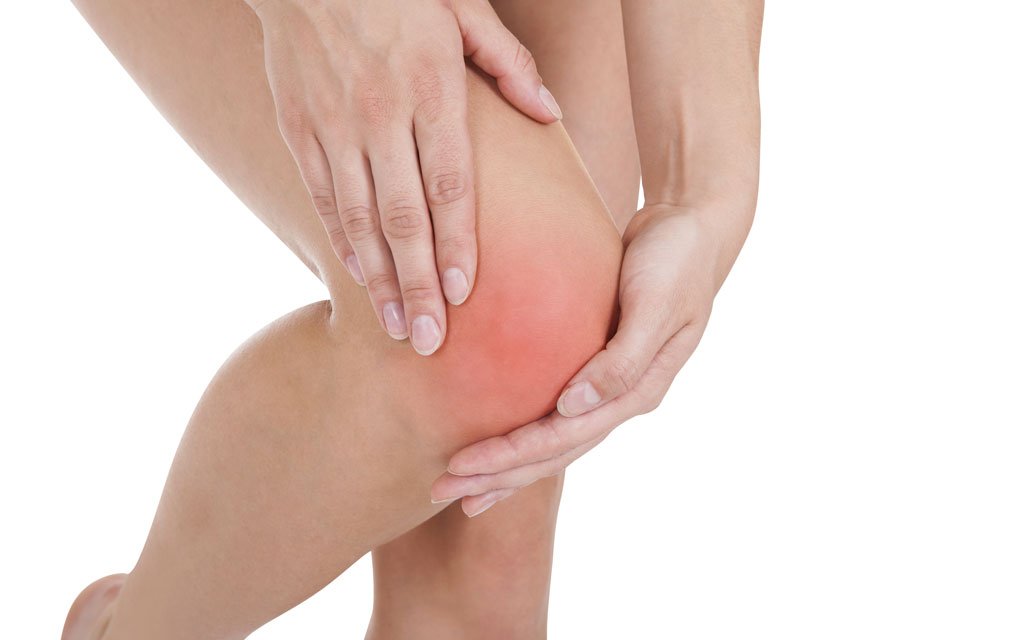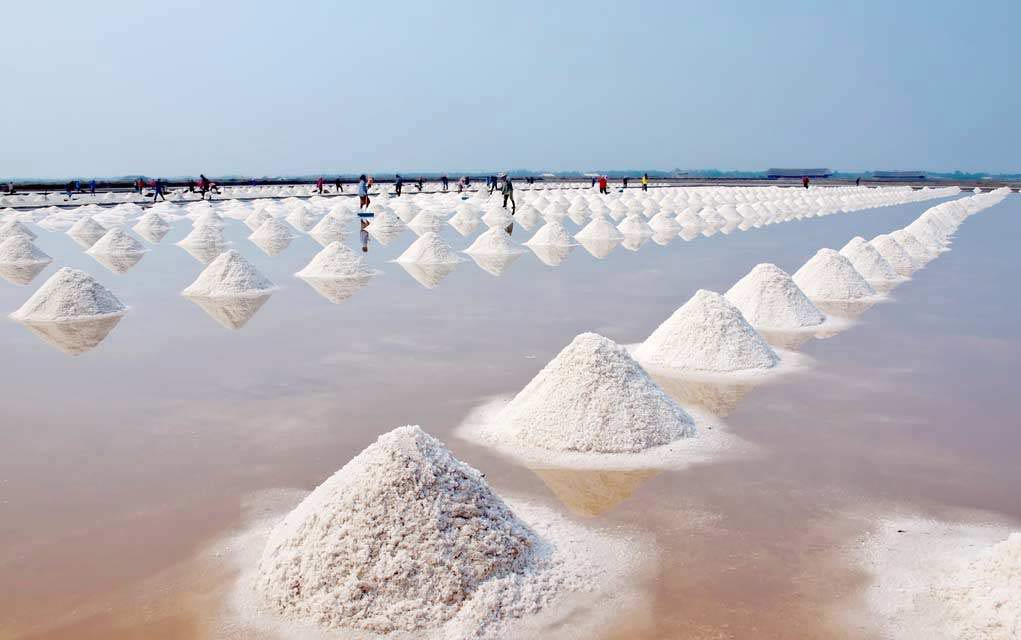
Why You Need More Vitamin D
(WellnessPursuits.com) – Vitamin D can play an important role in keeping you youthful by boosting the immune system, reducing inflammation and protecting against some forms of cancer. Vitamin D also helps keep bones healthy and assists in the absorption of calcium. Here we are in difficult times. Are you getting enough Vitamin D?
What Makes Vitamin D Different?
Vitamin D is different from other vitamins in that your body actually manufactures it with the assistance of sunlight. Other vitamins are ingested through the foods we eat or with dietary supplements. Once the body gets Vitamin D, chemical processes in the liver turn it into a steroid hormone that boosts many facets of our health and well-being, including playing an important role in slowing the aging process.
Officially named 25(OH)D, this is the substance measured during blood tests to check Vitamin D levels. The hormone then becomes activated Vitamin D, or calcitriol, and goes on to help the cells throughout your body communicate and function.
How Can Vitamin D Help Keep Me Young?
There are two types of age. Your chronological age is how old you actually are in years, while biological age is how old your body is. Optimum Vitamin D levels have been shown to delay the shortening of biological age indicators called telomeres.
Telomeres are caps at the end of your chromosomes that protect your body’s DNA from damage. Along with sufficient omega-3 and folic acid and healthy nourishing habits like exercise and meditation, Vitamin D has been found to extend telomere length, in effect slowing biological aging.
What Happens in Vitamin D Deficiency
A lack of enough Vitamin D has been linked to a number of diseases and conditions, including cancer, asthma, high blood pressure, diabetes and multiple sclerosis. A severe lack of this vitamin can result in rickets or osteomalacia, conditions causing bones to become weak, brittle and thin.
What Can Cause a Deficiency of Vitamin D?
There are several reasons associated with the body’s decreased production of Vitamin D. Though most of us are now aware of the protection sunscreen provides against skin cancer – and premature aging of the skin – the SPF in sunscreen also blocks UVB radiation, hindering the ability of the skin to synthesize Vitamin D from the sun.
People also spend increasing amounts of time indoors sitting in front of computers and televisions rather than outside getting their Vitamin D – not to mention exercise! Additionally, our body’s ability to produce Vitamin D declines with age, making it all the more important that we either try to eat foods rich in this nutrient or take a daily supplement.
How Can I Get Enough Vitamin D?
Sunlight can be the best source for adults to trigger the manufacture of sufficient Vitamin D, but too much sunlight can increase our risk of melanoma which is caused by dangerous (and non-Vitamin D producing) UVA rays. If you still have enough sunlight to enjoy where you live and you do choose sunlight as the source of your Vitamin D, the best time to expose your skin to the sun is around noon when the ratio of beneficial UVB rays to UVA rays is highest.
You can also get the vitamin from fatty fish like salmon, sardines and mackerel, as well as from cod liver oil. Also consider Vitamin D supplements.
There are two types of Vitamin D… D3 is made by our skin when exposed to sunlight, and D2 is Vitamin D made by plants. Many consider D3 to be the most active form for us to take in supplement form.
How much is enough?
According to the National Institutes of Health (NIH), the daily Adequate Intake (AI) for adults is 5 mcg (200 IU) daily for males, female, and pregnant/lactating women under the age of 50. People 50 to 70 years old should get 10 mcg daily (400 IU) daily, and those over 70 should get 15 mcg daily (600 IU).
This is a minimum guideline. There are many factors including age and health conditions that may inhibit your ability to properly absorb Vitamin D, regardless of the source. You may need up to several thousand IU’s per day to supplement for your particular health condition. Most supplements come in 1000- 4000 IU’s and are generally considered safe.
The good news is that Vitamin D toxicity is rare and it most likely would require taking 10’s of thousands more Vitamin D supplements than recommended to achieve it. According to the Mayo Clinic, “taking 50,000 international units (IU) a day of vitamin D for several months has been shown to cause toxicity.”
It’s always a good idea to talk to your doctor about which source and how much Vitamin D would be right for you.
Copyright 2025 – WellnessPursuits.com
Sources:
http://www.ncbi.nlm.nih.gov/pubmed/18348449
https://www.vitamindcouncil.org/about-vitamin-d/am-i-deficient-in-vitamin-d/
http://www.mayoclinic.org/drugs-supplements/vitamin-d/background/hrb-20060400
















